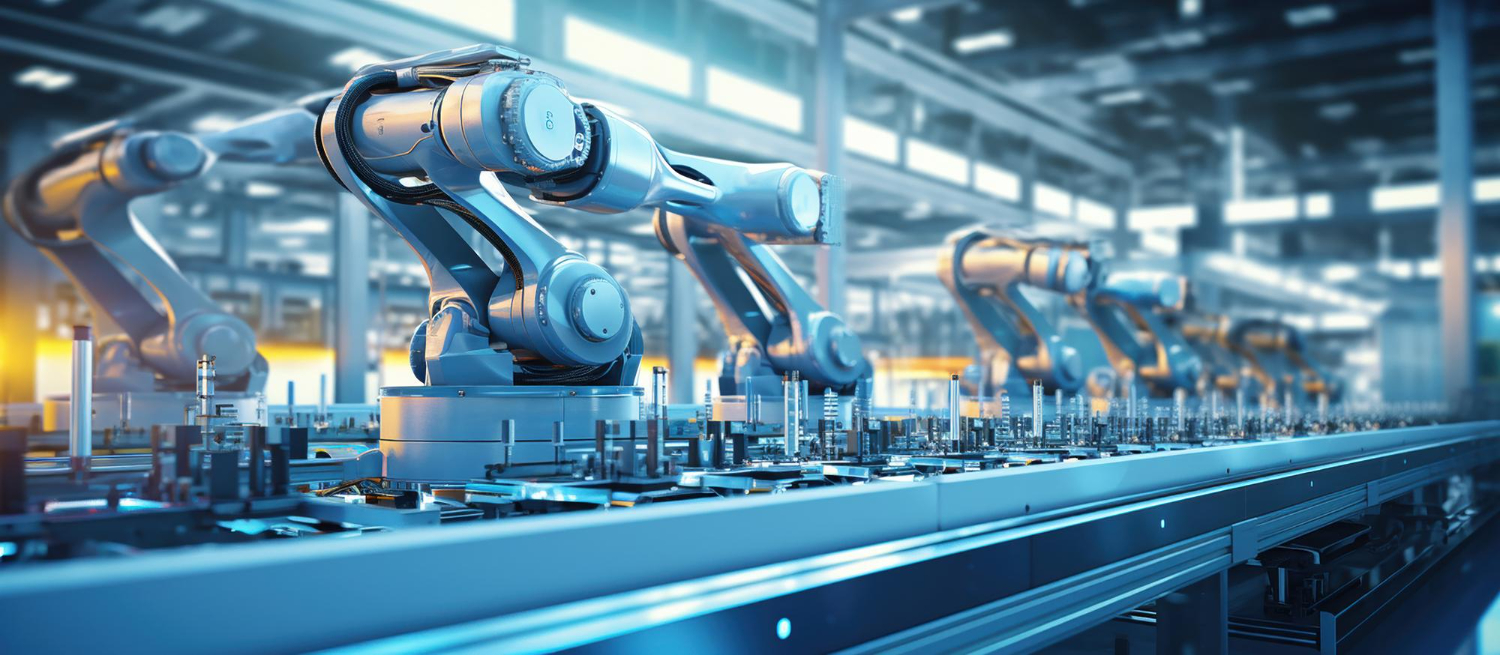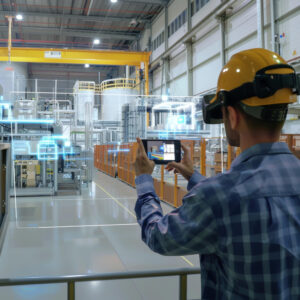In today’s industrial landscape, the term smart factory is becoming a buzzword. But what does it really mean for a factory to be smart, and how can you assess the intelligence of your own manufacturing operations? In this article, we will explore the key components of a smart factory, the benefits of implementing smart technologies, and how you can evaluate and improve the smartness of your factory.
What Defines a Smart Factory?
A smart factory leverages advanced technologies and data-driven systems to enhance manufacturing processes. Here are the core elements:
- Automation and Robotics: Smart factories use automation and robotics to streamline production processes, reduce manual labor, and increase efficiency. Automated systems handle repetitive tasks with precision, freeing up human workers for more complex and creative tasks.
- Internet of Things (IoT): IoT devices are essential for a smart factory, enabling machines and equipment to communicate and share data. This connectivity allows for real-time monitoring, predictive maintenance, and optimization of manufacturing processes.
- Data Analytics and Artificial Intelligence (AI): Data collected from IoT devices and other sources are analyzed using AI and machine learning algorithms. This analysis provides insights into production performance, identifies areas for improvement, and helps in making data-driven decisions.
- Cyber-Physical Systems: These systems integrate physical processes with digital control systems, creating a seamless interface between the physical and digital worlds. This integration allows for more precise control and monitoring of manufacturing processes.
- Digital Twin Technology: Digital twins are virtual replicas of physical assets, processes, or systems. They enable manufacturers to simulate, predict, and optimize performance in a virtual environment before implementing changes in the real world.
Benefits of a Smart Factory
Implementing smart technologies offers numerous benefits, including:
-
Increased Efficiency and Productivity
Automation and data analytics optimize production processes, leading to faster and more efficient operations. This increase in productivity can result in higher output and lower operational costs.
-
Enhanced Quality Control
Real-time monitoring and data analysis enable early detection of defects and inconsistencies. This proactive approach to quality control ensures that products meet high standards and reduces waste.
-
Improved Flexibility and Scalability
Smart factories can quickly adapt to changes in production requirements. This flexibility allows manufacturers to respond to market demands and scale operations up or down as needed.
IoT sensors and data analytics help predict when equipment is likely to fail, allowing for timely maintenance and reducing downtime. This proactive maintenance approach extends the lifespan of machinery and minimizes disruptions.
-
Sustainability and Energy Efficiency
Smart factories use energy more efficiently and reduce waste through optimized processes. This sustainability not only benefits the environment but also reduces energy costs.

Assessing the Smartness of Your Factory
To determine how smart your factory is, consider the following steps:
-
Evaluate Current Technology Use
Assess the extent to which your factory employs automation, IoT devices, data analytics, and other smart technologies. Identify areas where these technologies could be integrated or improved.
-
Analyze Data Utilization
Examine how data is collected, analyzed, and used in decision-making processes. Effective use of data is a key indicator of a smart factory.
-
Review Process Optimization
Evaluate how well your manufacturing processes are optimized. Look for bottlenecks, inefficiencies, and areas where automation and data analysis could enhance performance.
-
Assess Employee Skills and Training
Ensure that your workforce is skilled in using advanced technologies and that continuous training programs are in place. A smart factory requires a knowledgeable and adaptable workforce.
-
Measure Performance Metrics
Track key performance indicators (KPIs) related to production efficiency, quality, maintenance, and energy usage. Regularly review these metrics to gauge improvements and identify areas for further enhancement.
Steps to Enhance Your Factory’s Smartness

- Invest in Technology: Allocate resources to upgrade machinery, install IoT devices, and implement data analytics platforms. Investing in the right technologies is crucial for transforming your factory into a smart one.
- Foster a Data-Driven Culture: Encourage a culture where decisions are based on data insights. Train employees to use data analytics tools and make data-driven decisions.
- Implement Continuous Improvement Programs: Establish programs that focus on continuously improving processes through technology and data analysis. Regularly review and adjust these programs to ensure ongoing advancements.
- Collaborate with Technology Partners: Partner with technology providers and consultants who specialize in smart factory solutions. Their expertise can help you identify the best technologies and practices for your specific needs.
- Pilot and Scale: Start with pilot projects to test and refine new technologies and processes. Once proven effective, scale these solutions across your entire operation.
A smart factory is not just about having the latest technology; it’s about integrating these technologies in a way that enhances efficiency, quality, and sustainability. By evaluating your current operations, investing in the right technologies, and fostering a data-driven culture, you can transform your factory into a smart manufacturing powerhouse. The journey to becoming a smart factory is ongoing, but the benefits are well worth the effort.

